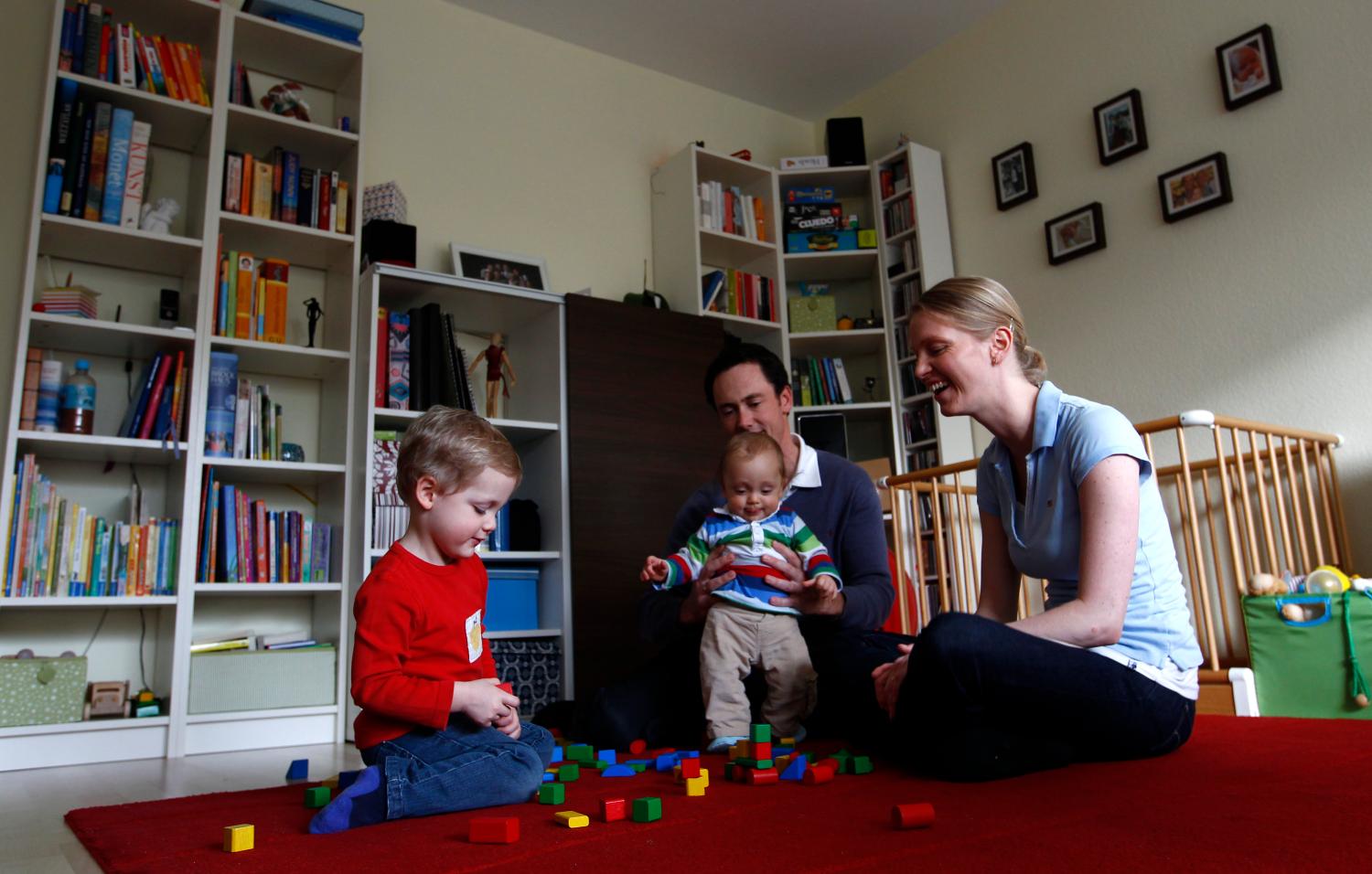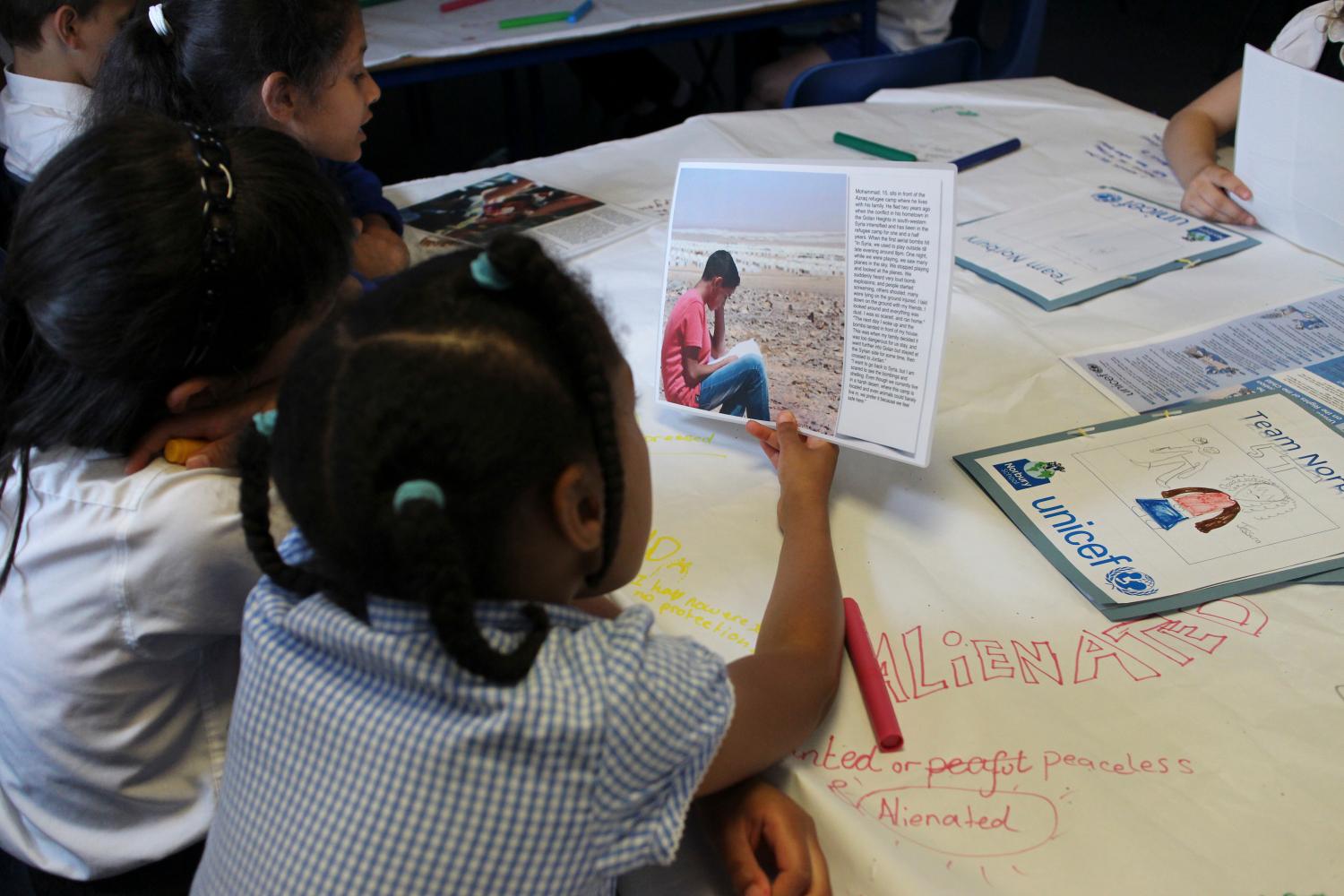Abstract
This policy brief reviews the deepening marginalization of marriage and the growing instability of
family life among moderately-educated Americans: those who hold high school degrees but not
four-year college degrees and who constitute 51 percent of the young adult population (aged
twenty-five to thirty-four). Written jointly by two family scholars, one of them a conservative (W.
Bradford Wilcox, director of the National Marriage Project) and the other a liberal (Andrew J.
Cherlin, professor at Johns Hopkins University), it is an attempt to find common ground in the
often bitter and counterproductive debates about family policy. We come to this brief with
somewhat different perspectives. Wilcox would emphasize the primacy of promoting and
supporting marriage. Cherlin argued in a recent book, The Marriage-Go-Round, that stable care
arrangements for children, whether achieved through marriage or not, are what matter most. But
both of us agree that children are more likely to thrive when they reside in stable, two-parent
homes. We also agree that in America today cohabitation is still largely a short-term arrangement,
while marriage remains the setting in which adults seek to maintain long-term bonds. Thus, we
conclude by offering six policy ideas, some economic, some cultural, and some legal, designed to
strengthen marriage and family life among moderately-educated Americans. Finally, unless
otherwise noted, the findings detailed in this policy brief come from a new report by Wilcox, When
Marriage Disappears: The New Middle America.
The Problem
In the affluent neighborhoods where many college-educated Americans live, marriage is alive and
well and stable families are the rule. Young Americans with college degrees, once thought to be a
cultural vanguard, are creating a neotraditional style of family life: although they may cohabit with
their partners, nearly all of them marry before having their first child. Furthermore, while most
wives work outside the home, the divorce rate in this group has declined to levels not seen since
the early 1970s. In contrast, marriage and family stability have been in decline in the kinds of
neighborhoods that we used to call working-class—home to large numbers of young adults who
have completed high school but not college. More and more of them are having children in brittle
cohabiting unions. Among those who marry, the risk of divorce remains high. Indeed, the families
formed recently in working-class communities have begun to look as much like the families of the
poor as of the prosperous. The nation’s retreat from marriage, which started in low-income
communities in the 1960s and 1970s, has now moved into Middle America. Take divorce. Today,
moderately-educated Americans are more than twice as likely to divorce as college-educated
Americans during the first ten years of marriage, and the divorce divide between these two
groups has been growing since the 1970s. Similar trends are apparent in nonmarital childbearing,
a category that includes both single and cohabiting women. By the late 2000s, moderatelyeducated
American women were more than seven times as likely to bear a child outside of
marriage as compared with their college-educated peers. Indeed the percentage of nonmarital
births among the moderately educated (44 percent) was closer to the rate among mothers without
high school degrees (54 percent) than to college-educated mothers (6 percent).
Most of the increase in nonmarital births among the moderately educated was due to a sharp rise
in the number of women who were cohabiting when they gave birth. In contrast, there was little
increase in the percentage that were single at birth. If our overarching policy concern is to provide
stable, loving, two-parent living arrangements for children, we might conclude that the increase in
childbearing among cohabiting couples would not be a problem if cohabiting relationships were
as stable as marriages and if cohabiting partners were as committed to each other and to their
children as married partners are. But in the United States, at least, cohabitation remains largely a
short-term relationship, even when children are involved. Indeed, recent research by
Demographers Sheela Kennedy (University of Minnesota) and Larry Bumpass (University of
Wisconsin) suggests that 65 percent of children born to cohabiting parents will see their parents
part by age 12, compared to just 24 percent of children born to married parents. Primarily for this
reason, the growth of childbearing within cohabiting relationships in the United States is a
worrisome development.
To be sure, not every married family is a healthy one that benefits children. Yet, on average, the
institution of marriage conveys important benefits to adults and children. This advantage may be
due to the greater stability of the marriage bond, or to the kinds of people who choose to marry
and to stay married, or to qualities associated with the institution of marriage (such as a greater
degree of commitment and investment in family life). Let us assume that all of these factors play a
role. The fact is that children born and raised in intact, married homes typically enjoy higherquality
relationships with their parents, are more likely to steer clear of trouble with the law, to
graduate from high school and college, to be gainfully employed as adults, and to enjoy stable
marriages of their own in adulthood. Women and men who get and stay married are more likely to
accrue substantial financial assets and to enjoy good physical and mental health. In fact, married
men enjoy a wage premium compared to their single peers that may exceed 10 percent. At the
collective level, the retreat from marriage has played a noteworthy role in fueling the growth in
family income inequality and child poverty that has beset the nation since the 1970s. For all these
reasons, then, the institution of marriage has been an important pillar of the American Dream,
and the erosion of marriage in Middle America is one reason the dream is increasingly out of
reach for men, women, and children from moderately-educated homes.
The Brookings Institution is committed to quality, independence, and impact.
We are supported by a diverse array of funders. In line with our values and policies, each Brookings publication represents the sole views of its author(s).






